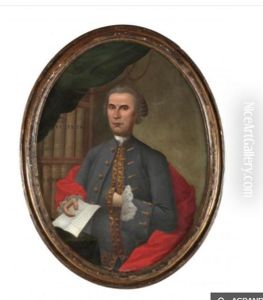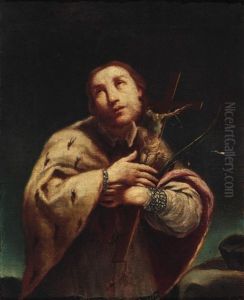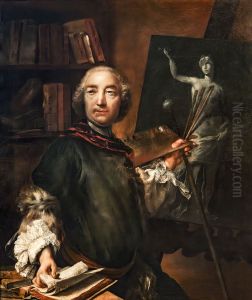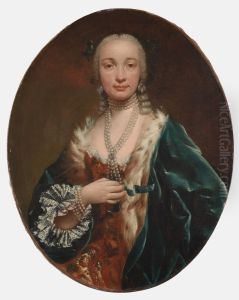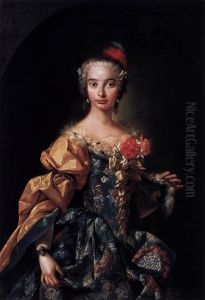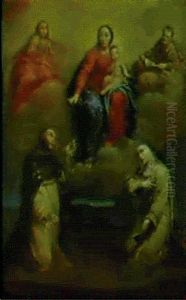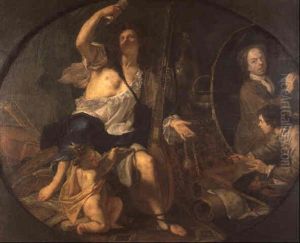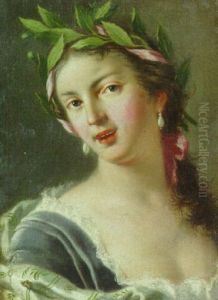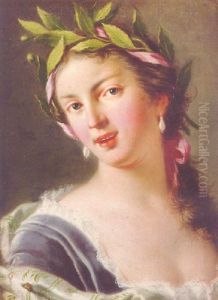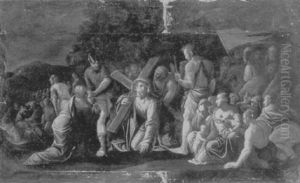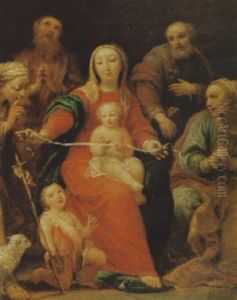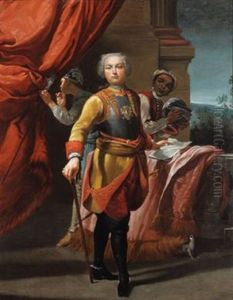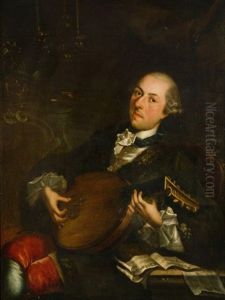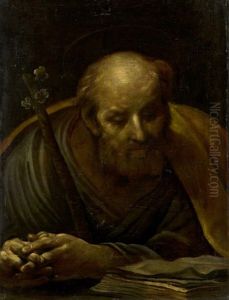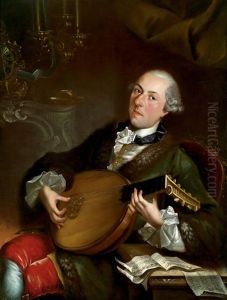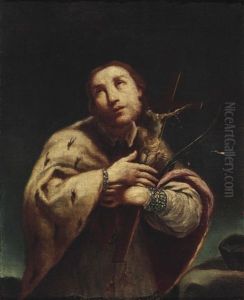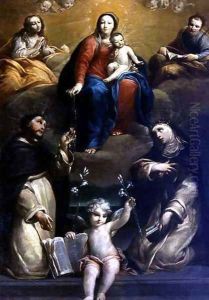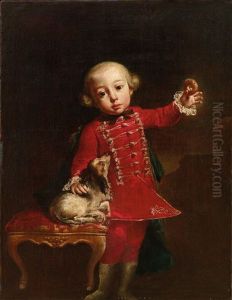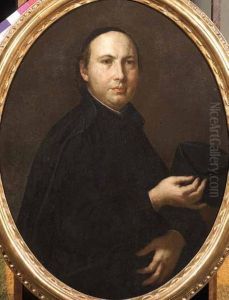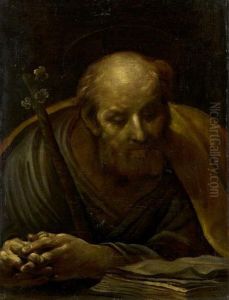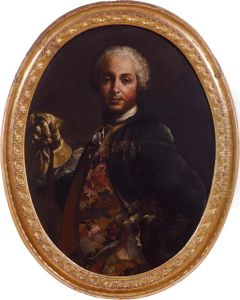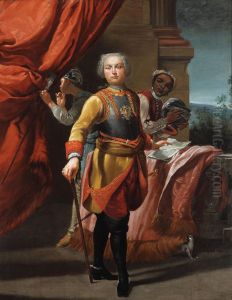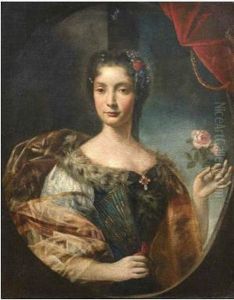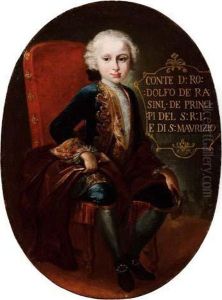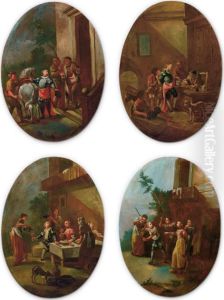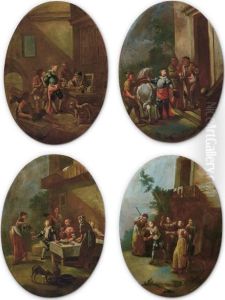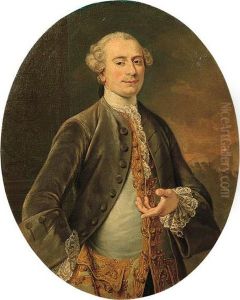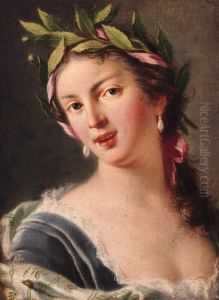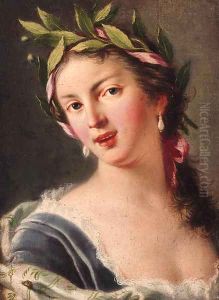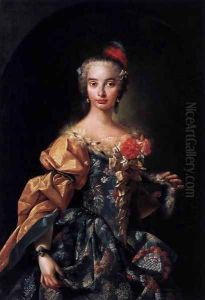Luigi Crespi Paintings
Luigi Crespi, born in 1708 in Bologna, Italy, was a significant figure in the world of Italian art, not only for his contributions as a painter but also as an art critic and biographer. Crespi was deeply embedded in the artistic lineage of the Bolognese School, coming from a family well-versed in the arts; his father, Giuseppe Maria Crespi, known as Lo Spagnuolo, was a prominent painter of the late Baroque period.
Luigi's career was marked by a blend of painting and scholarship. While he produced artworks that reflected the evolving tastes of the 18th century, moving towards the Rococo style, his most enduring contribution to the art world was perhaps his critical writings and biographies of artists. His detailed accounts of artists' lives, particularly those from the Bologna area, have provided invaluable insights for later generations of art historians.
Crespi's works as a painter, though not as widely recognized as those of his father, include religious themes, portraits, and genre scenes. His style, while influenced by the Baroque tradition, showed signs of the changing tastes of his time, with lighter colors and a softer approach to subject matter. However, it was his keen observation and documentation of the artists around him that cemented his legacy.
One of his most significant contributions to art history is the book 'Felsina pittrice: Vite de' pittori bolognesi' (1769), which not only includes biographies of Bologna's painters but also critical essays on their works. Through this work, Crespi has provided a crucial source of information on the Bolognese School and its artists, offering insights into their techniques, stylistic developments, and the cultural context of their time.
Luigi Crespi's death in 1779 marked the end of an era for the Bolognese School. His works and writings continue to be a subject of study and admiration, highlighting his dual legacy as both an artist and a historian of the arts. Through his paintings and his pen, Crespi contributed to the preservation and understanding of Italian art, making him a notable figure in the rich tapestry of Italy's artistic heritage.
